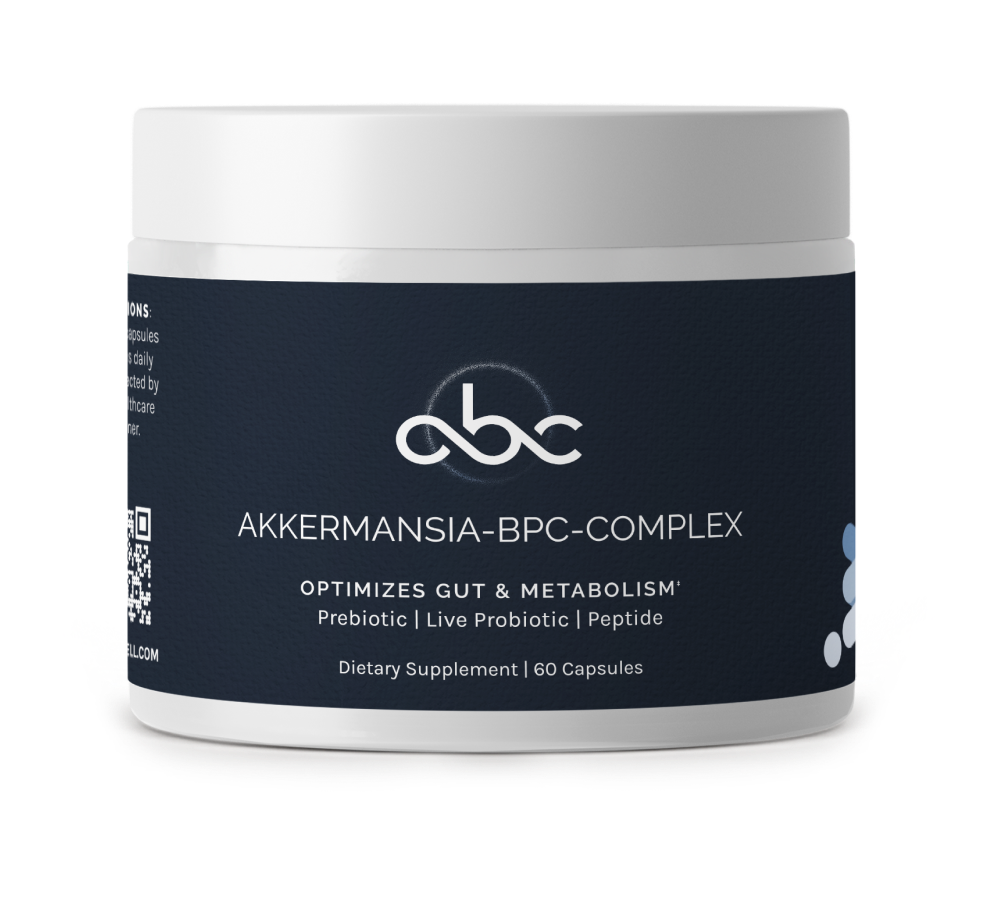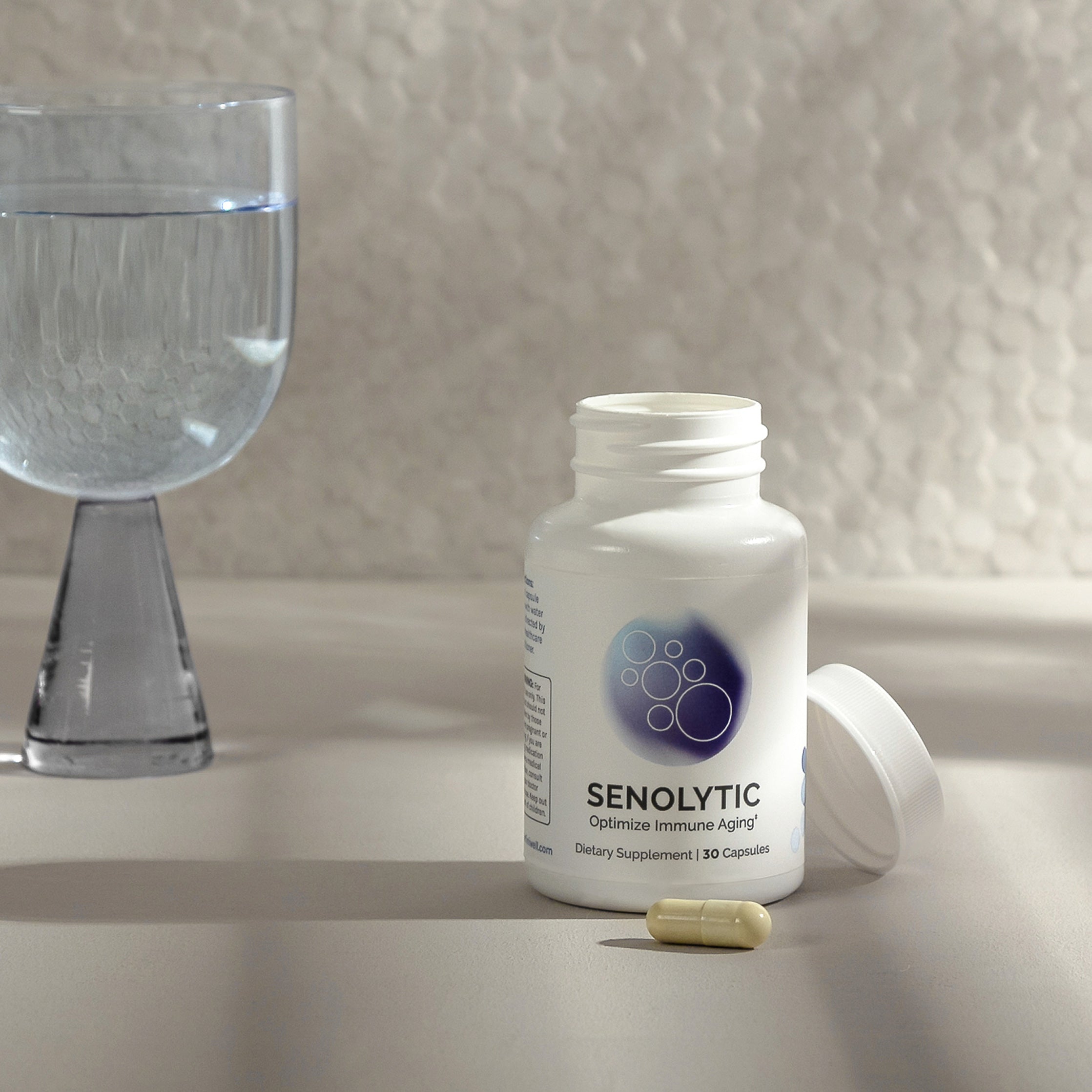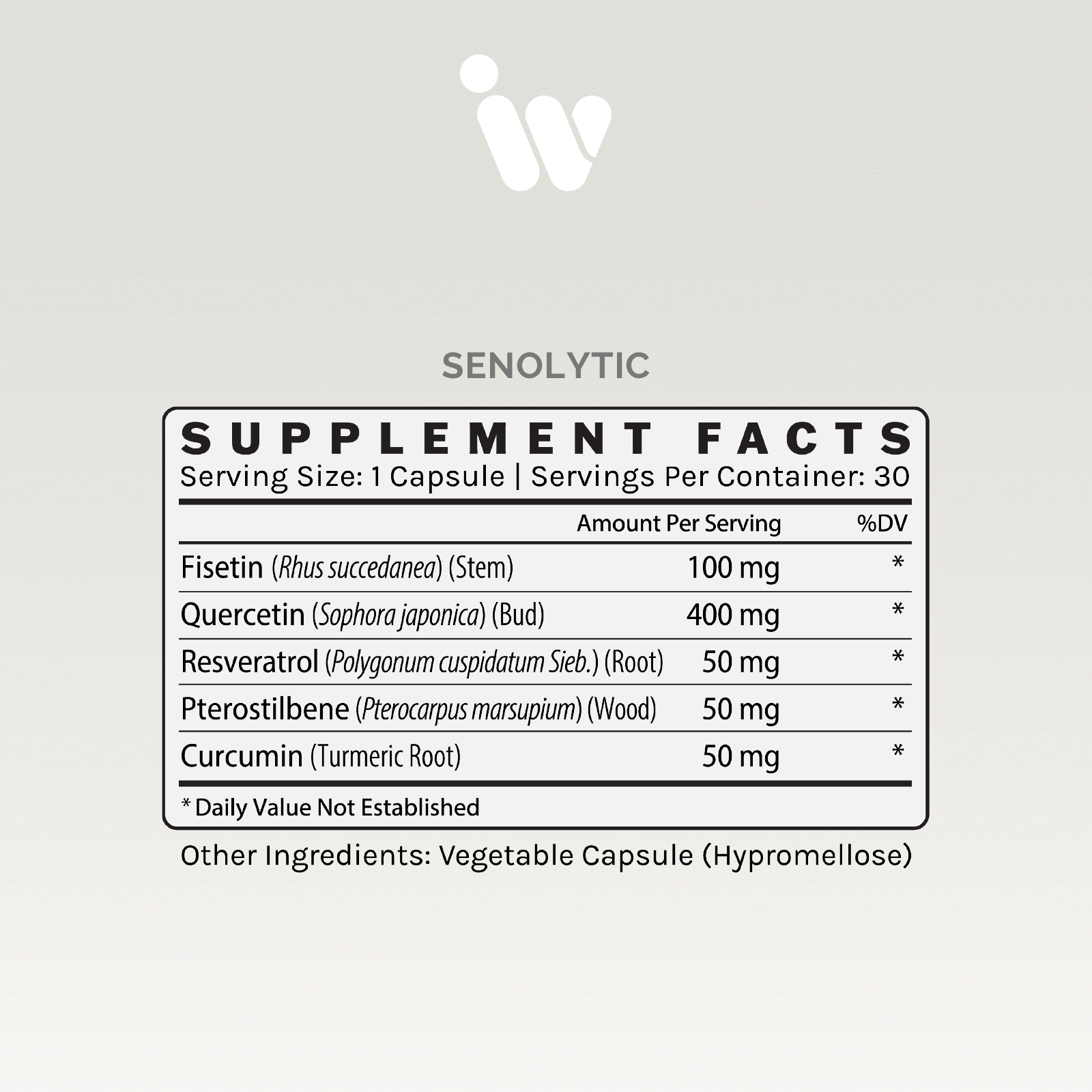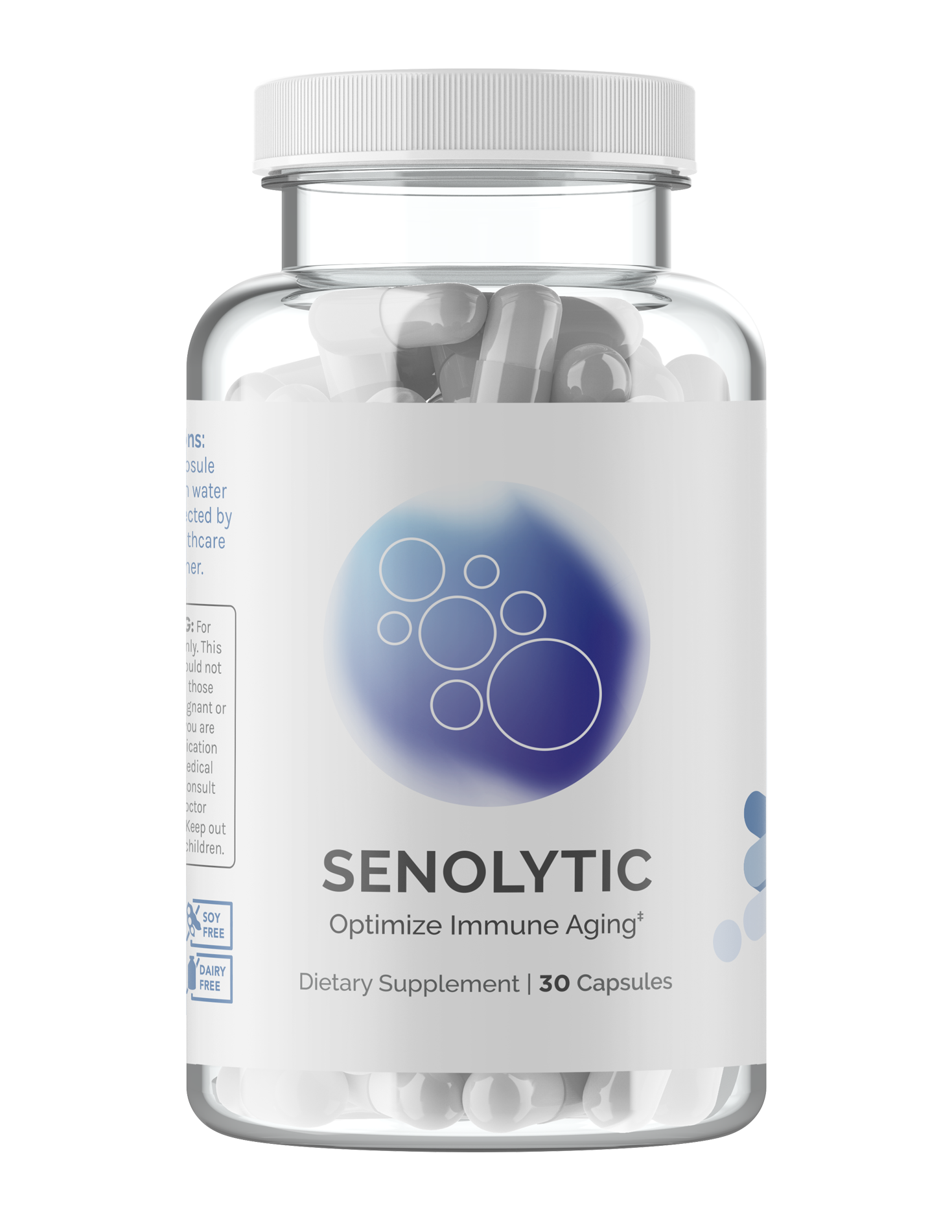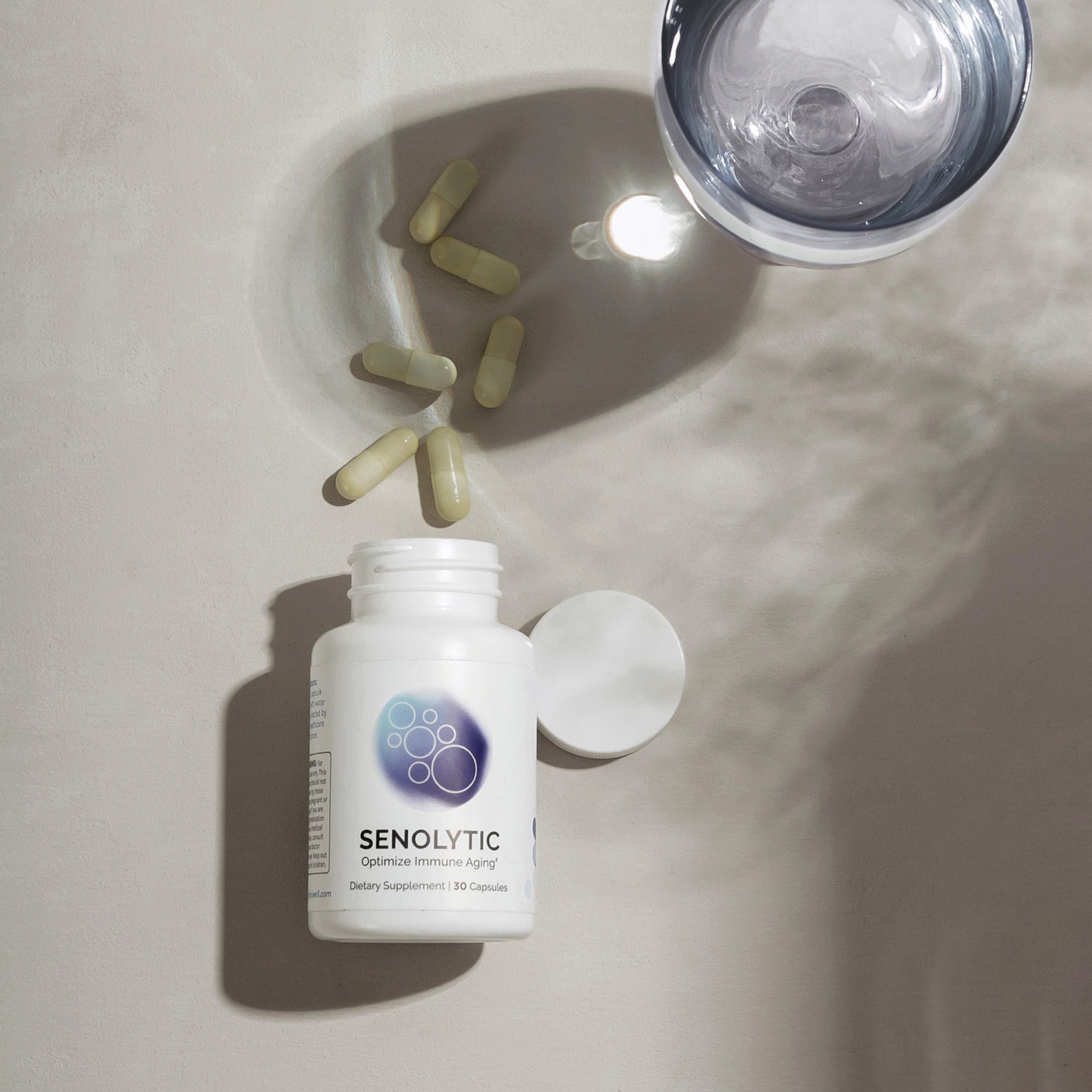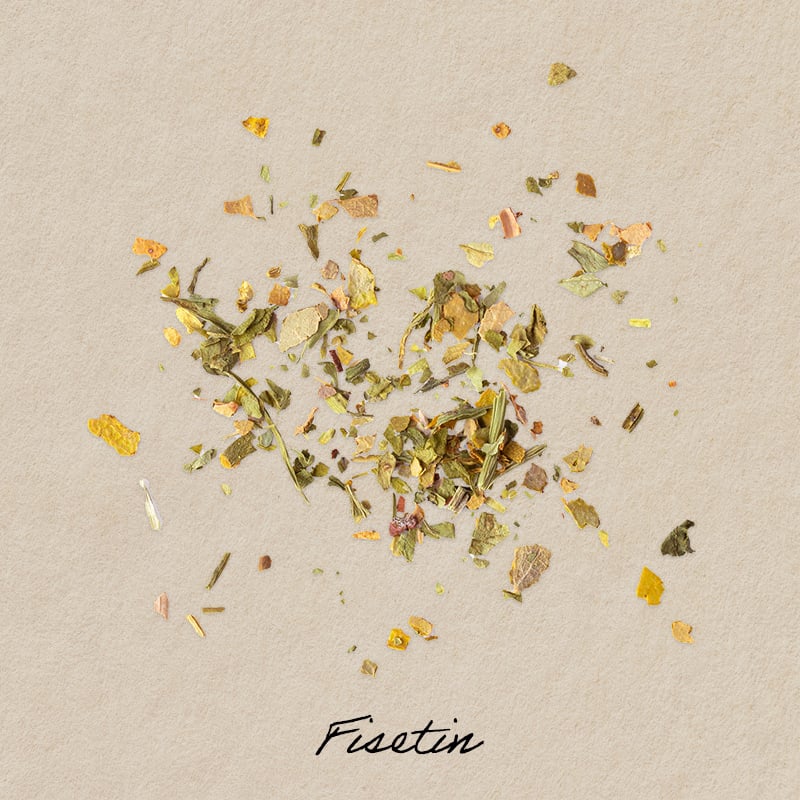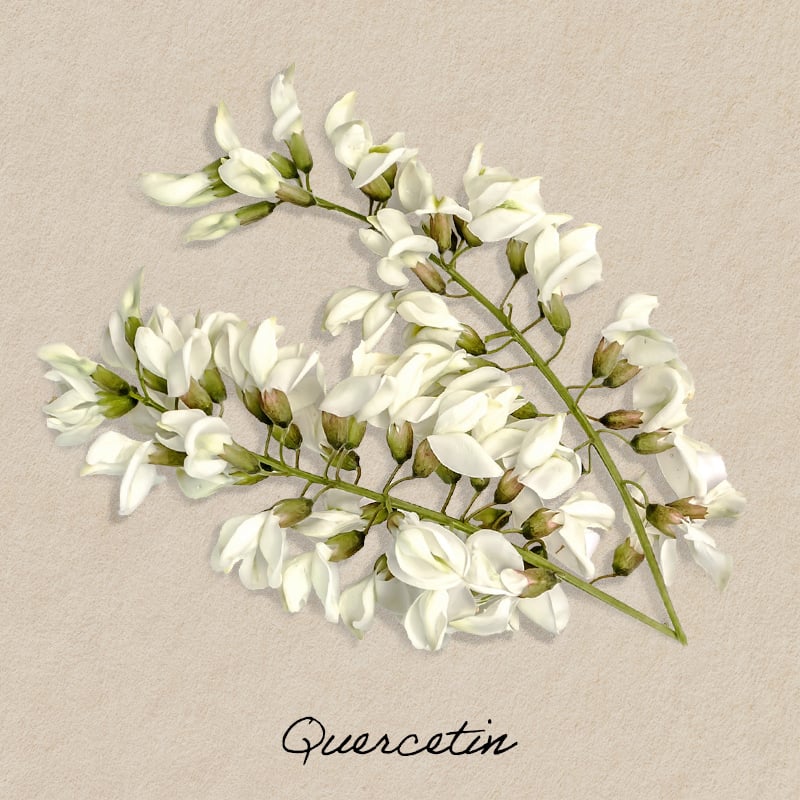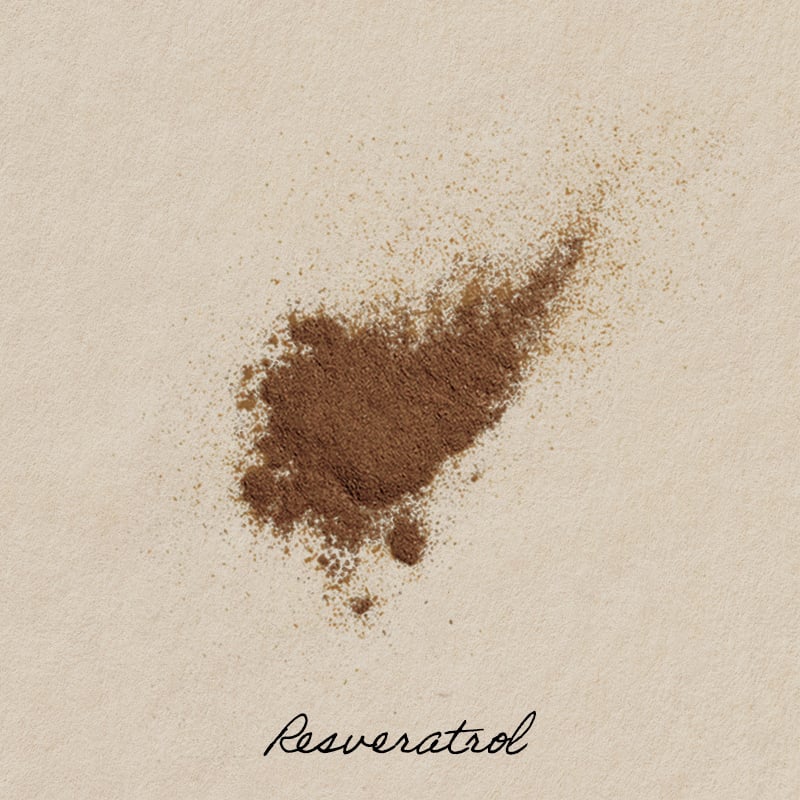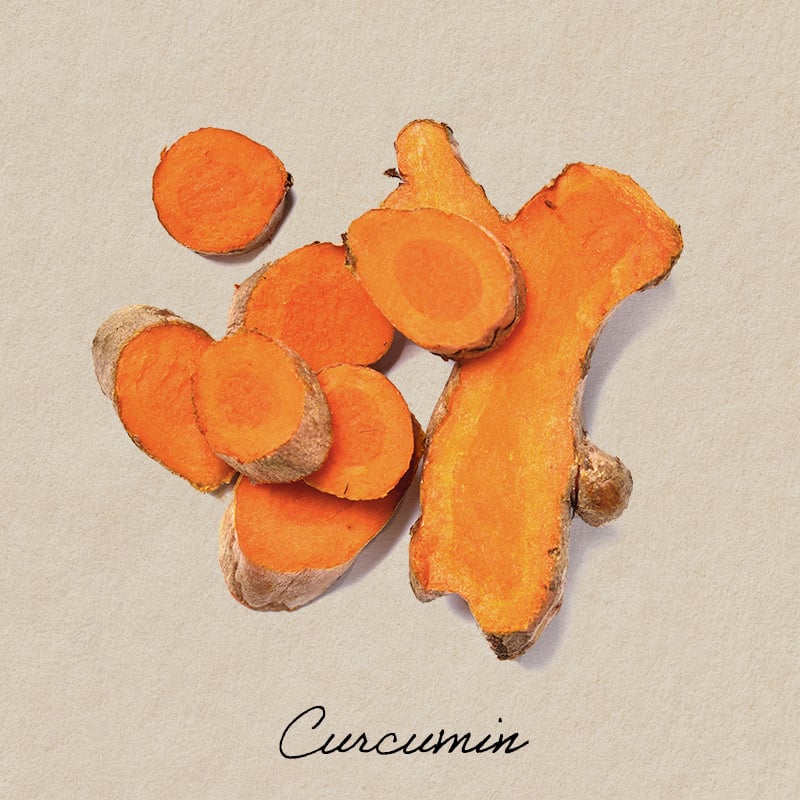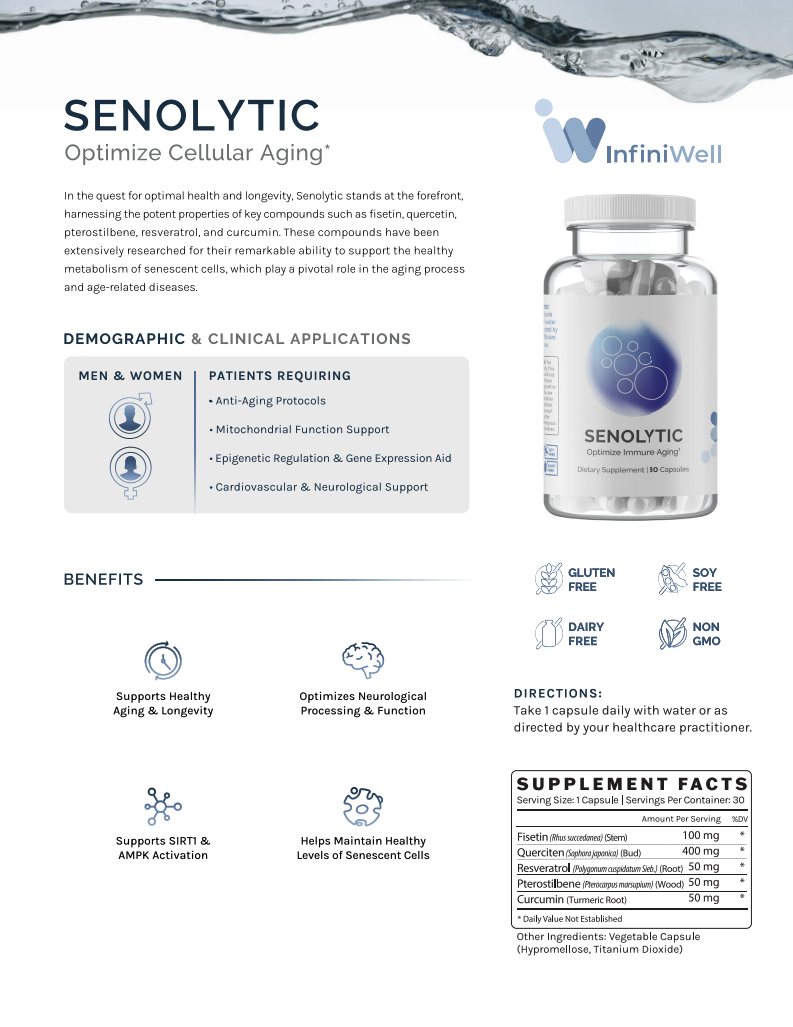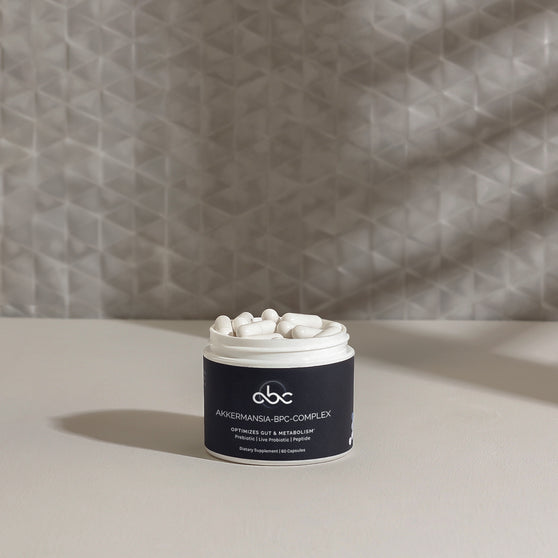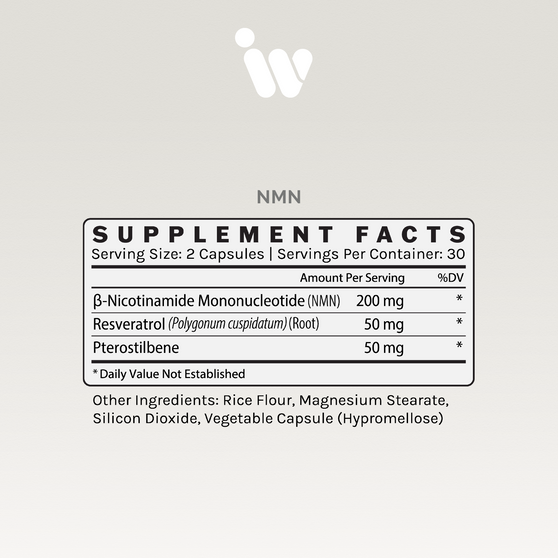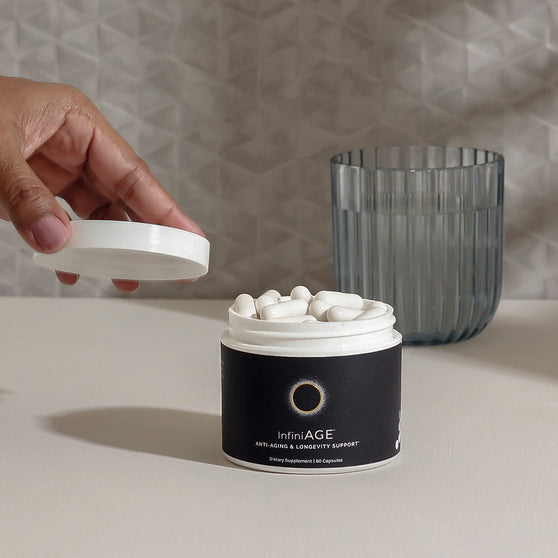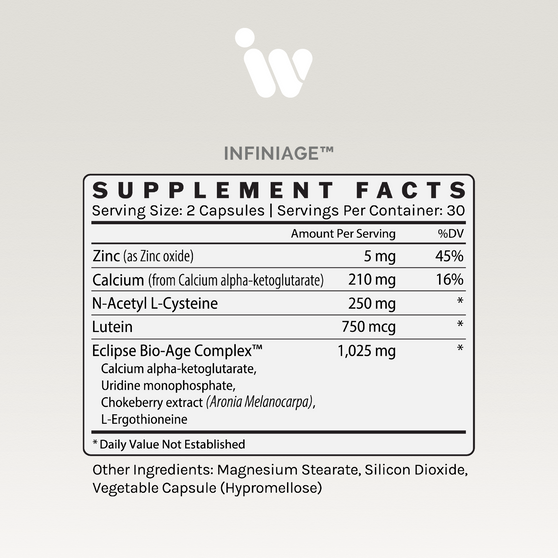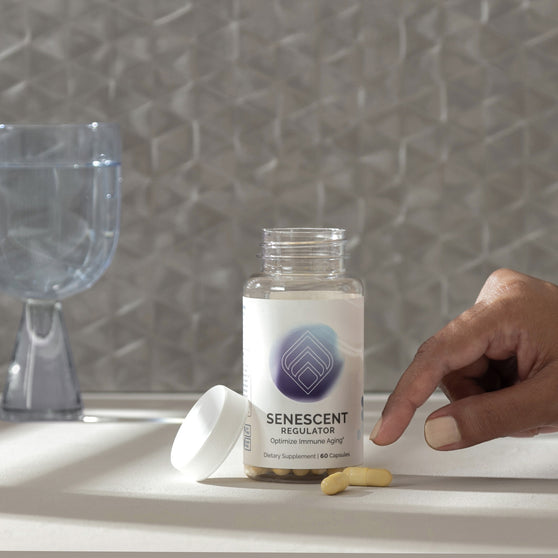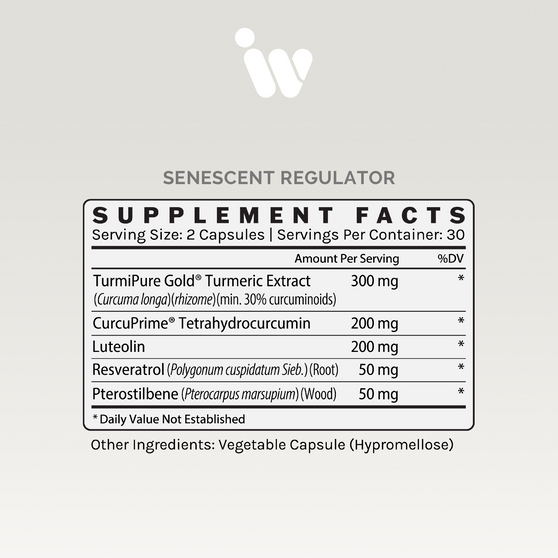SENOLYTIC
Optimize Cellular Aging*
- Supports Healthy Aging & Longevity
- Optimizes Neurological Processing & Function
- Supports SIRT1 & AMPK Activation
- Helps Maintain Healthy Levels of Senescent Cells
Active Ingredients: Fisetin, Querciten, Resveratrol, Pterostilbene, Curcumin
Other Ingredients: Hypromellose, Titanium Dioxide
Take 1 capsule daily with water or as directed by your healthcare practitioner.
Daily
1 Capsule
-
Benefits
- Supports Healthy Aging & Longevity
- Optimizes Neurological Processing & Function
- Supports SIRT1 & AMPK Activation
- Helps Maintain Healthy Levels of Senescent Cells
-
Ingredients
Active Ingredients: Fisetin, Querciten, Resveratrol, Pterostilbene, Curcumin
Other Ingredients: Hypromellose, Titanium Dioxide
-
How To Use
HOW
Take 1 capsule daily with water or as directed by your healthcare practitioner.
WHEN
Daily
DOSE
1 Capsule
Optimize Cellular Aging*
-
OVERVIEW
In the quest for optimal health and longevity, Senolytic stands at the forefront, harnessing the potent properties of key compounds such as fisetin, quercetin, pterostilbene, resveratrol, and curcumin. These compounds have been extensively researched for their remarkable ability to support the healthy metabolism of senescent cells, which play a pivotal role in the aging process.
Delving into the intricate world of cellular biology, we encounter two vital processes: autophagy and cellular senescence. While interconnected, these processes yield contrasting effects on the cell. Cellular senescence serves as a safeguard, causing cells to cease division and enter a permanent state of growth arrest. This natural mechanism prevents the proliferation of damaged or potentially hazardous cells, effectively thwarting their ability to spread and wreak havoc. However, it is important to note that cellular senescence is also associated with aging.
On the other hand, autophagy, a process of cellular self-digestion, acts as a guardian of cellular well-being. It selectively breaks down damaged or superfluous components within the cell, promoting health by eliminating aberrant proteins and organelles while replenishing vital energy stores. Recent breakthroughs have unveiled the critical role of autophagy in regulating cellular senescence. Autophagy serves as a vigilant gatekeeper, removing damaged organelles and proteins that may trigger senescence. Moreover, it helps maintain the delicate balance of reactive oxygen species (ROS) within the cell, a key regulator of senescence. When autophagy is impaired, the accumulation of damaged proteins and organelles can foster senescence and accelerate the aging process.
Thus, despite their interconnectedness, autophagy and cellular senescence exert opposing influences on the cell. Autophagy diligently shields against senescence by clearing away damaged components, while cellular senescence acts as a barrier, preventing the proliferation of damaged cells and thwarting their transformation into cancerous agents. In this intricate dance of cellular dynamics, Senolytic takes center stage, providing the essential nutritional support needed to optimize autophagy and propel cellular function toward its utmost potential. By fine-tuning this delicate process, Senolytic sets the stage for a life characterized by healthy aging, vibrant longevity, and the vitality to embrace all that life has to offer. Step into a world where cellular optimization paves the way to a healthier and more fulfilling existence. -
INGREDIENTS
Fisetin
Paramount to this formula is fisetin and its impact on senescent cell formation. In a study published in the journal Experimental Gerontology in 2018, researchers investigated the effects of fisetin on senescent cell formation and age-related phenotypes in an animal model. The study demonstrated that fisetin limited the number of senescent cells in various tissues, including adipose tissue, liver, and kidney. Fisetin also enabled optimal physical function in the mice.1When it comes to autophagy, a study published in the journal Oncotarget in 2015 investigated the effects of fisetin on autophagy in human lung cells. The researchers found that fisetin induced autophagy, as evidenced by increased autophagosome formation and LC3-II protein expression. Fisetin-mediated autophagy was associated with the natural process of mTOR pathway regulation, suggesting its potential as an autophagy-inducing compound.2
Quercetin
Working in tandem with fisetin is quercetin. As it relates to senescent cells, a study published in the journal Aging Cell in 2015 explored the effects of quercetin on senescent cells in human fibroblasts. Researchers found that quercetin encouraged effective metabolism of senescent cells while sparing non-senescent cells. Quercetin also mitigated the expression of senescence-associated markers and alleviated senescence-associated secretory phenotype (SASP) factors.3In terms of autophagy, a study published in the journal Autophagy in 2010 examined the role of quercetin in autophagy as a natural process. The researchers found that quercetin facilitated autophagy in compromised human cells, as demonstrated by increased LC3-II levels and autophagosome formation. They proposed that quercetin-mediated autophagy was dependent on the support for AMPK pathway and subsequent mitigation of mTOR signaling.4
Resveratrol & Pterostilbene
Pterostilbene and resveratrol support SIRT1, a protein that plays a critical role in regulating autophagy.5,6 One of the ways that SIRT1 regulates autophagy is by deacetylating and activating the transcription factor forkhead box O (FOXO) family of proteins. FOXO proteins are involved in the regulation of autophagy-related genes, including LC3 (microtubule-associated protein 1 light chain 3) and Beclin-1, which are critical for the initiation and progression of autophagy. They also modulate the AMPK/mTOR pathway, supporting healthy levels of oxidative stress.7
Curcumin
Curcumin works in much the same way in terms of pathways and mechanisms, however in addition to promoting AMPK and promoting the expression of autophagy-related genes it also addresses two additional areas: cellular stress and lysosomal function (the cellular stress involved the cell’s exposure to oxidative stress).8,9 Curcumin has been shown to support healthy levels of oxidative stress, which can, in turn, promote autophagy. And by increasing lysosomal function, curcumin can help initiate the breakdown of cellular waste, and support the activity of lysosomal enzymes. -
REFERENCES
1. Yousefzadeh MJ, Zhu Y , McGowan SJ, Angelini L, Fuhrmann-Stroissnigg H, Xu M, Ling YY , Melos KI, Pirtskhalava T, Inman CL, McGuckian C, Wade EA, Kato JI, Grassi D, Wentworth M, Burd CE, Arriaga EA, Ladiges WL, Tchkonia T, Kirkland JL, Robbins PD, Niedernhofer LJ.. EBioMedicine. 2018 Oct;36:18-28. doi: 10.1016/j.ebiom.2018.09.015. Epub 2018 Sep 29. PMID: 30279143; PMCID: PMC6197652.
2. Suh Y , Afaq F, Khan N, Johnson JJ, Khusro FH, Mukhtar H. Carcinogenesis. 2010 Aug;31(8):1424-33. doi: 10.1093/carcin/bgq115. Epub 2010 Jun 8. PMID: 20530556; PMCID: PMC2915634.
3. Zhu Y , Tchkonia T, Pirtskhalava T, Gower AC, Ding H, Giorgadze N, Palmer AK, Ikeno Y , Hubbard GB, Lenburg M, O'Hara SP , LaRusso NF, Miller JD, Roos CM, V erzosa GC, LeBrasseur NK, Wren JD, Farr JN, Khosla S, Stout MB, McGowan SJ, Fuhrmann-Stroissnigg H, Gurkar AU, Zhao J, Colangelo D, Dorronsoro A, Ling YY , Barghouthy AS, Navarro DC, Sano T, Robbins PD, Niedernhofer LJ, Kirkland JL. Aging Cell. 2015 Aug;14(4):644-58. doi: 10.1111/acel.12344. Epub 2015 Apr 22. PMID: 25754370; PMCID: PMC4531078.
4. Wang K, Liu R, Li J, Mao J, Lei Y , Wu J, Zeng J, Zhang T, Wu H, Chen L, Huang C, Wei Y . Autophagy. 2011 Sep;7(9):966-78. doi: 10.4161/auto.7.9.15863. Epub 2011 Sep 1. PMID: 21610320.
5. Fang Y , Wang X, Y ang D, Lu Y , Wei G, Y u W, Liu X, Zheng Q, Ying J, Hua F. Front Aging Neurosci. 2021 Sep 20;13:738686. doi: 10.3389/fnagi.2021.738686. PMID: 34616289; PMCID: PMC8489683.
6. Cheng Y , Di S, Fan C, Cai L, Gao C, Jiang P , Hu W, Ma Z, Jiang S, Dong Y , Li T, Wu G, Lv J, Y ang Y . Apoptosis. 2016 Aug;21(8):905-16. doi: 10.1007/s10495-016-1258-x. PMID: 27270300.
7. Chen CC, Jeon SM, Bhaskar PT, Nogueira V , Sundararajan D, Tonic I, Park Y , Hay N. FDev Cell. 2010 Apr 20;18(4):592-604. doi: 10.1016/j.devcel.2010.03.008. PMID: 20412774; PMCID: PMC3031984.
8. Perrone L, Squillaro T, Napolitano F, Terracciano C, Sampaolo S, Melone MAB. Nutrients. 2019 Aug 13;11(8):1881. doi: 10.3390/nu11081881. PMID: 31412596; PMCID: PMC6723827.
9. Zhang J, Wang J, Xu J, Lu Y , Jiang J, Wang L, Shen HM, Xia D. Oncotarget. 2016 Nov 15;7(46):75659-75671. doi: 10.18632/oncotarget.12318. PMID: 27689333; PMCID: PMC5342768.
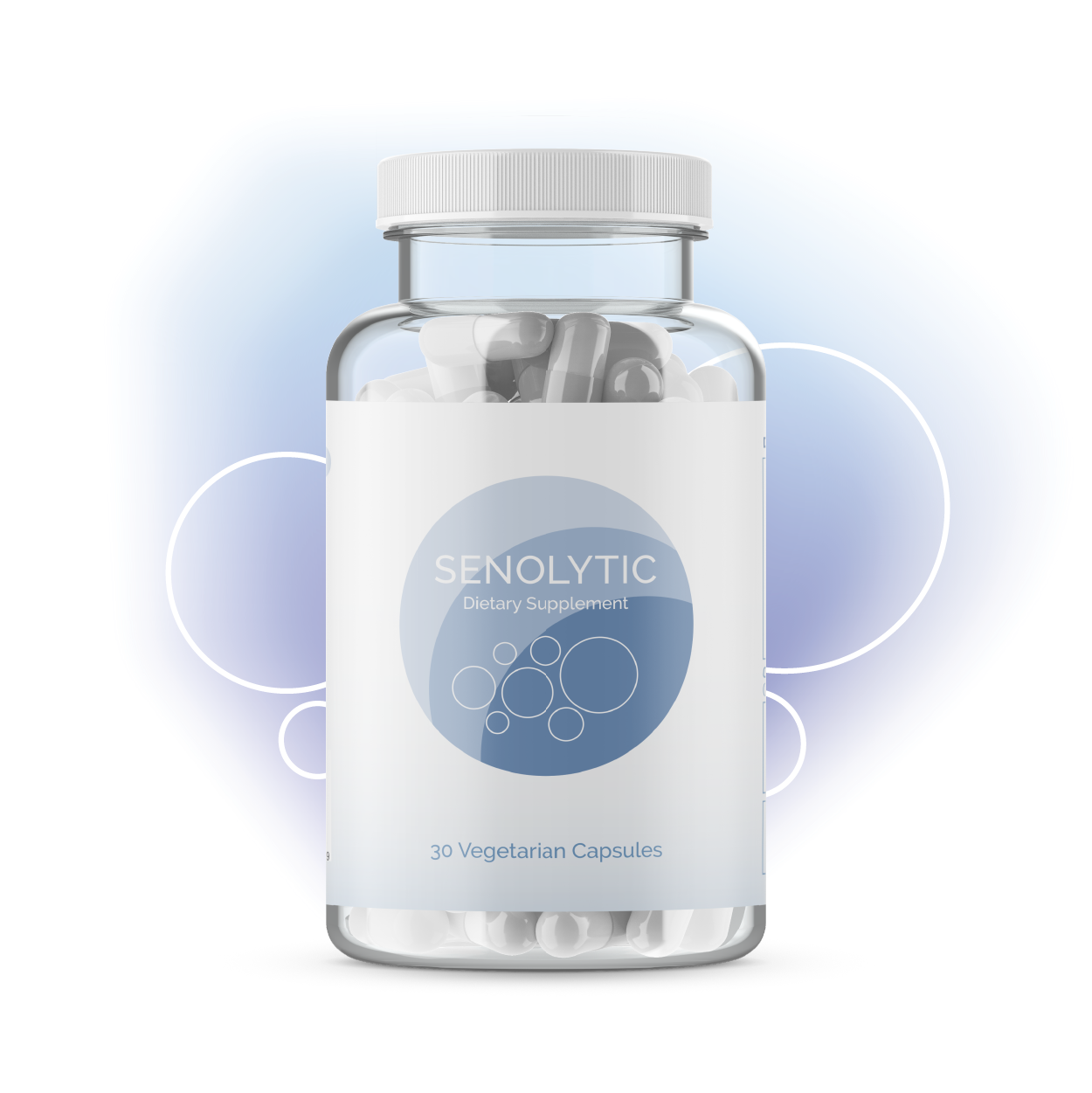
| Ingredients | Amount Per Serving |
| Fisetin (Rhus succedanea) (Stem) | 100 mg |
| Querciten (Sophora japonica) (Bud) | 400 mg |
| Resveratrol (Polygonum cuspidatum Sieb. (Root) | 50 mg |
| Pterostilbene (Pterocarous marsupium) (Wood) | 50 mg |
| Curcumin (Turmeric Root) | 50 mg |
Other Ingredients: Vegetable Capsule (Hypromellose, Titanium Dioxide)
Professional Information
People Requiring:
-
Anti-Aging Protocols
-
Mitochondrial Function Support
-
Epigenetic Regulation & Gene Expression Aid
-
Cardiovascular & Neurological Support






